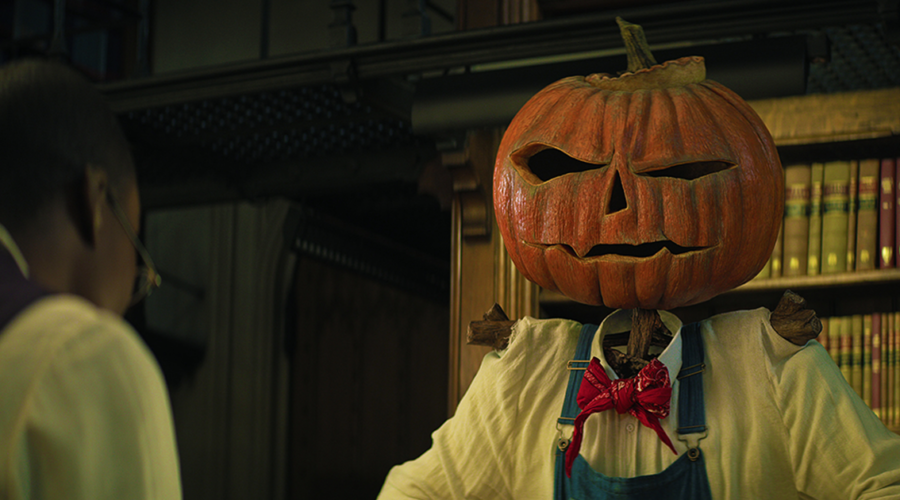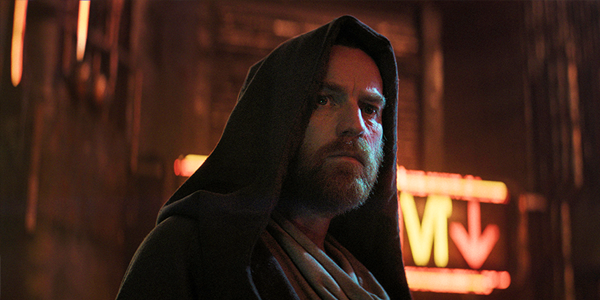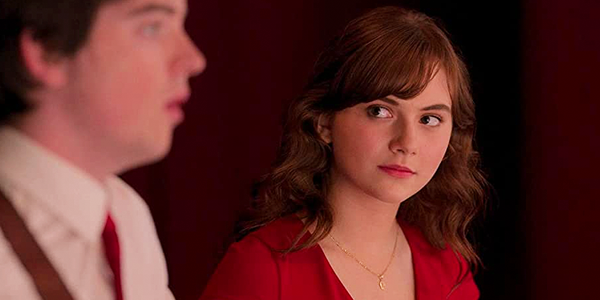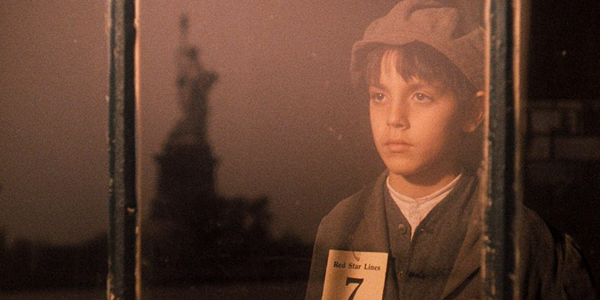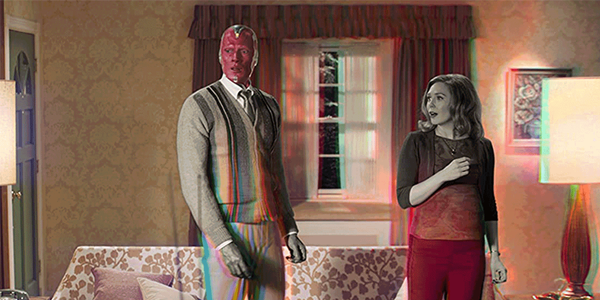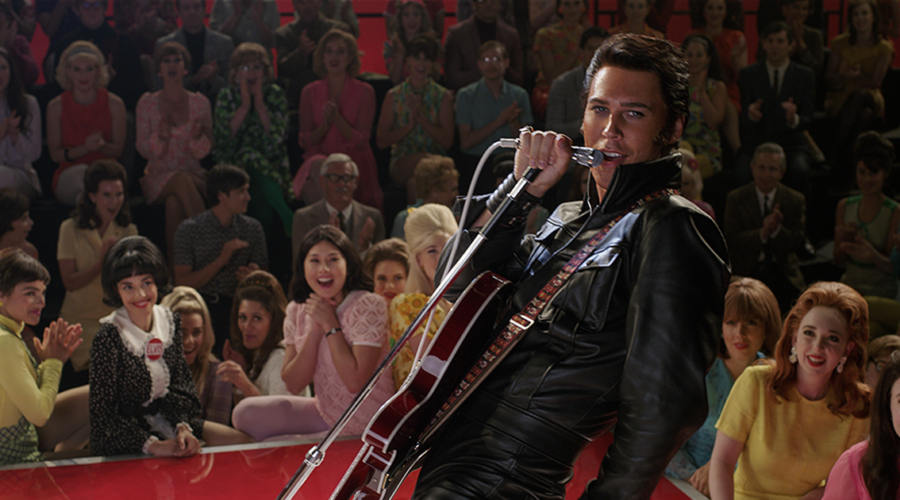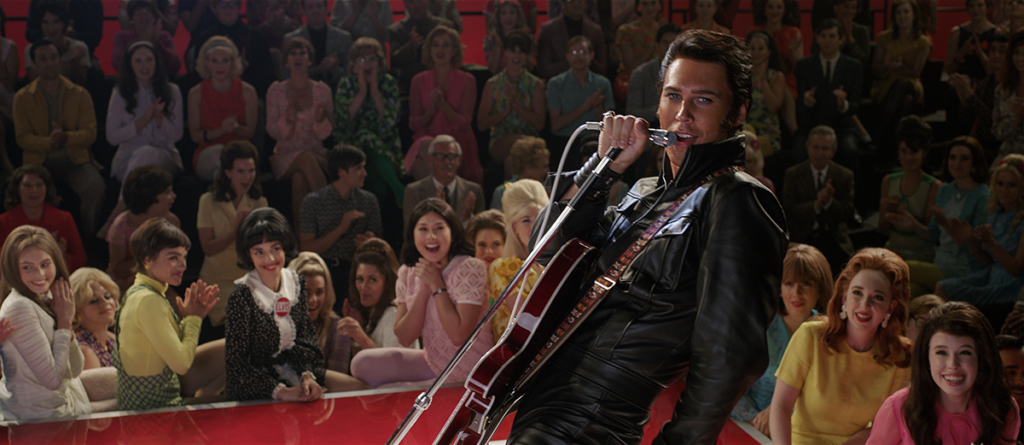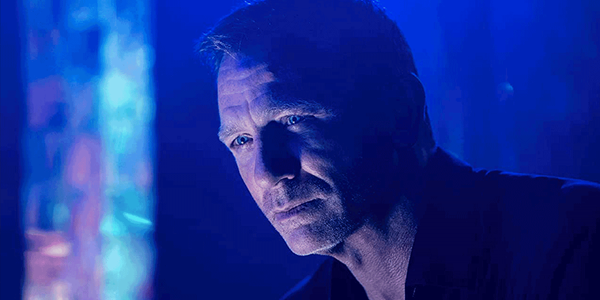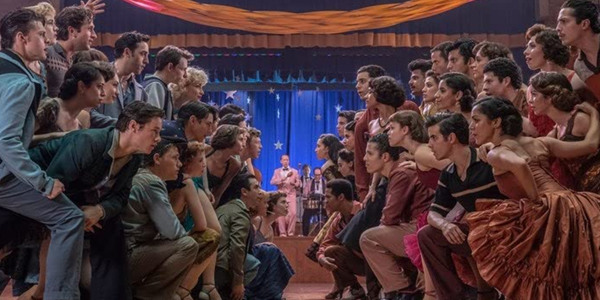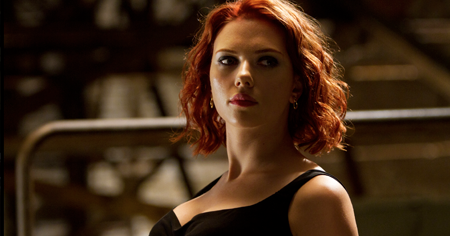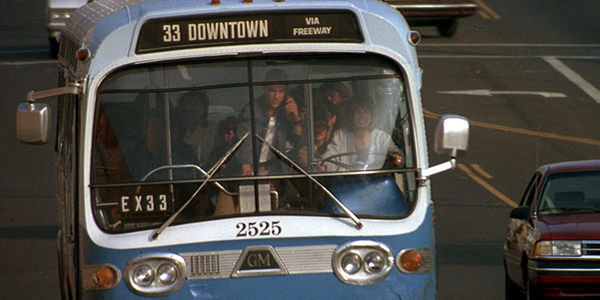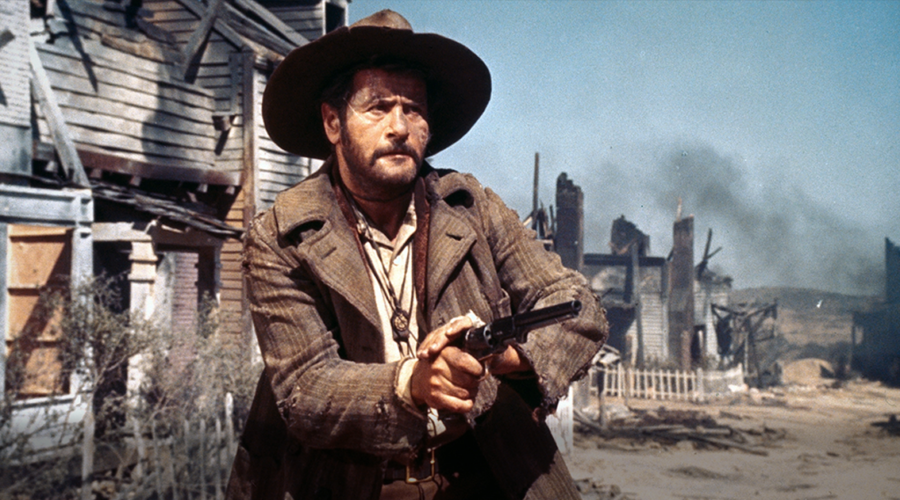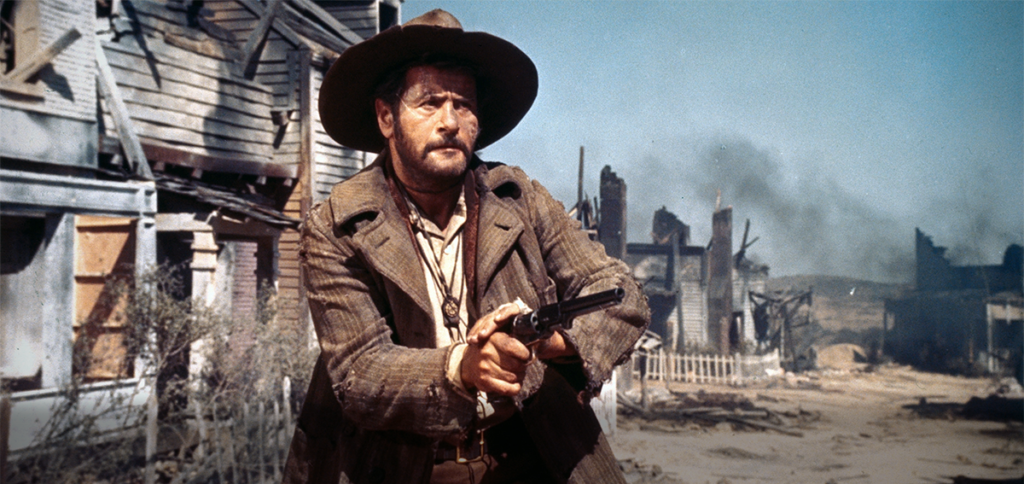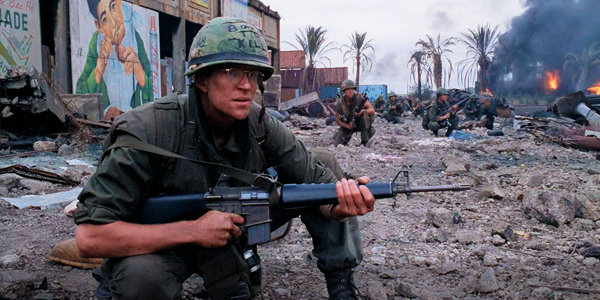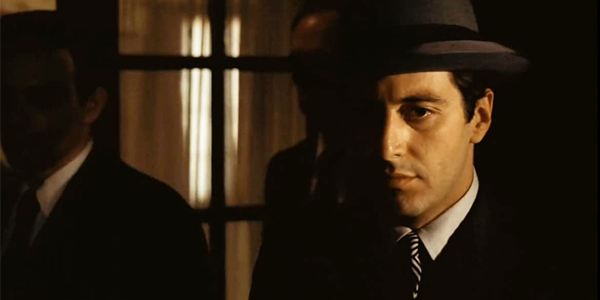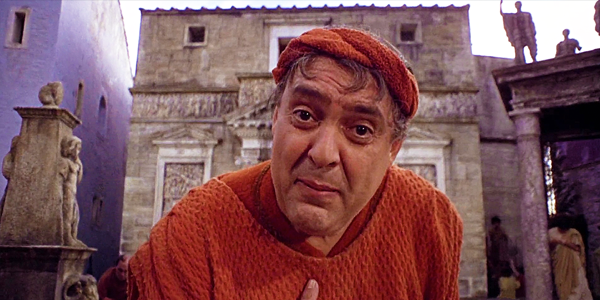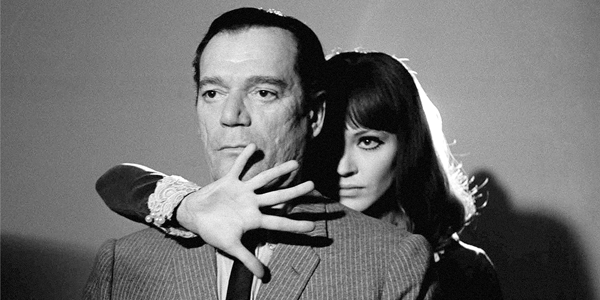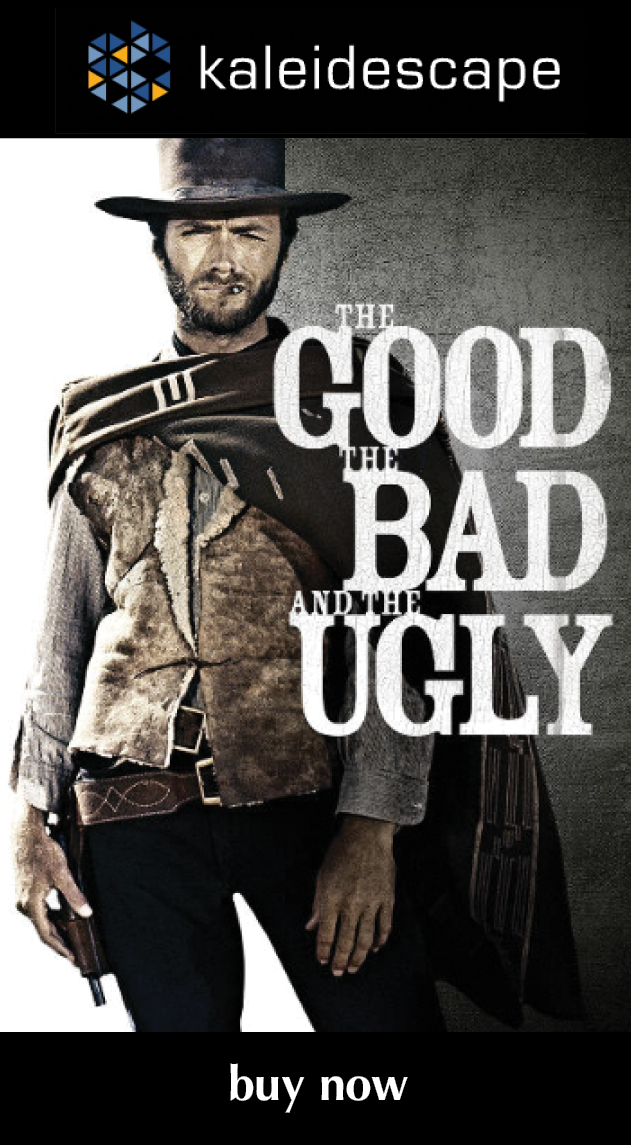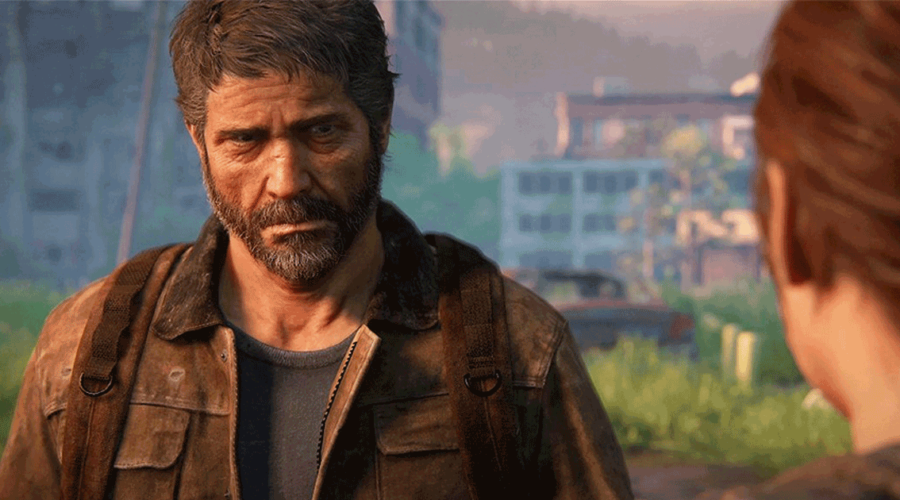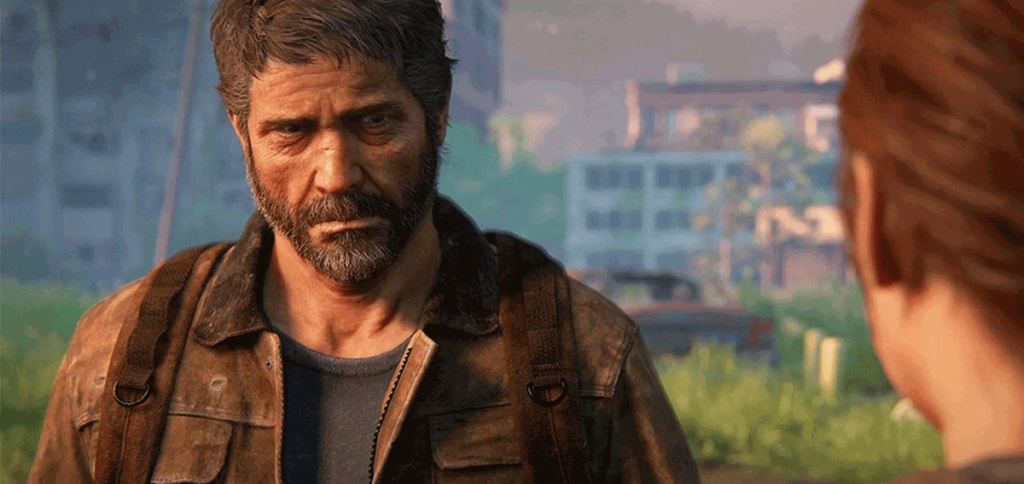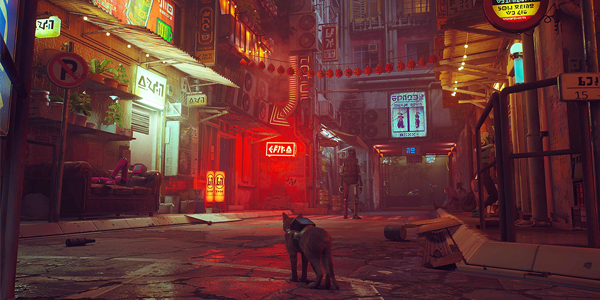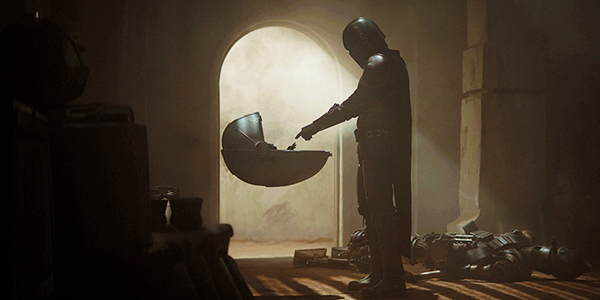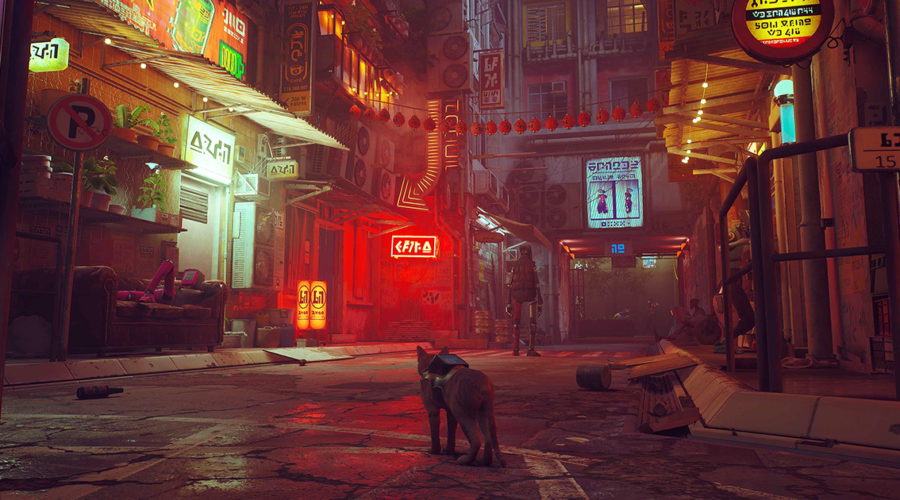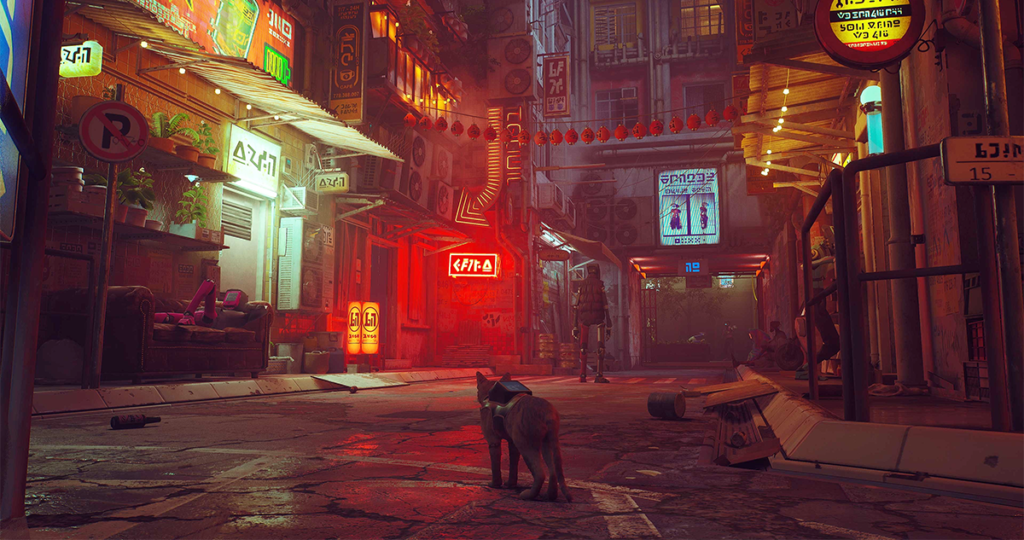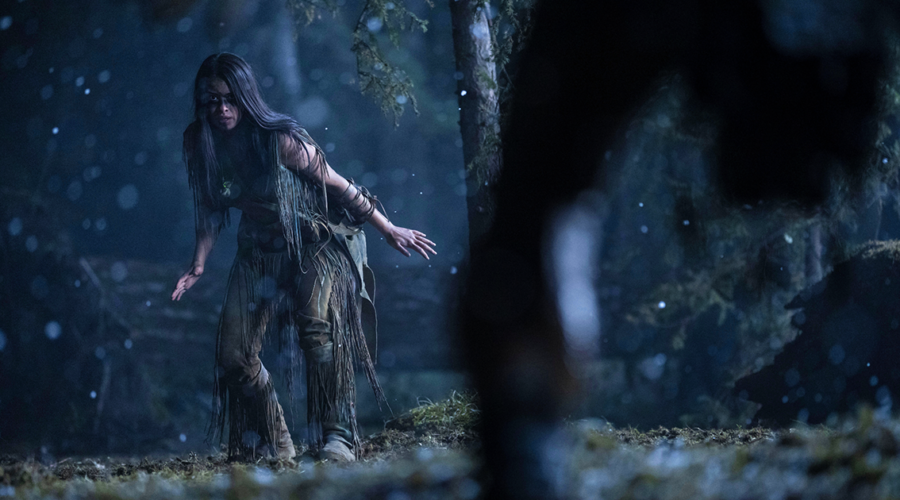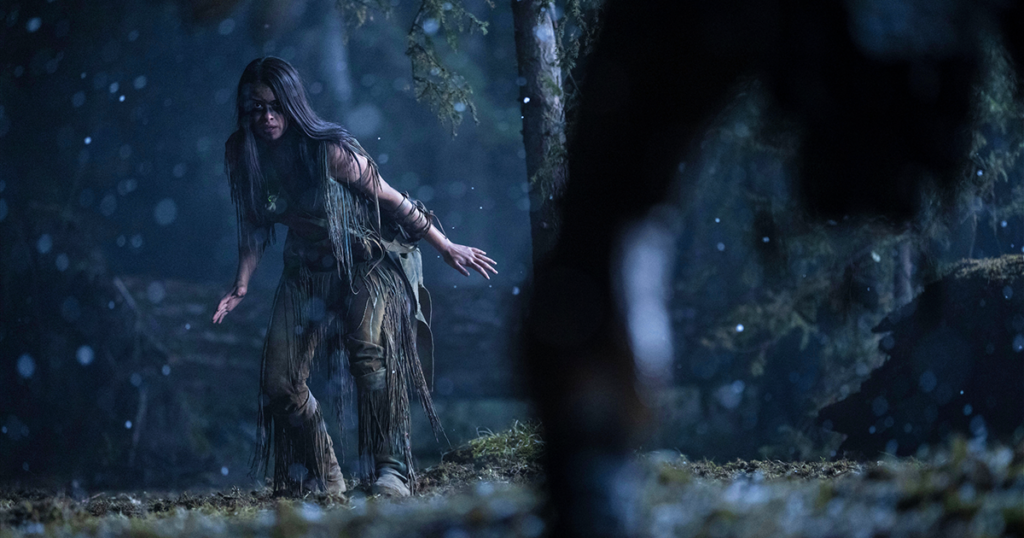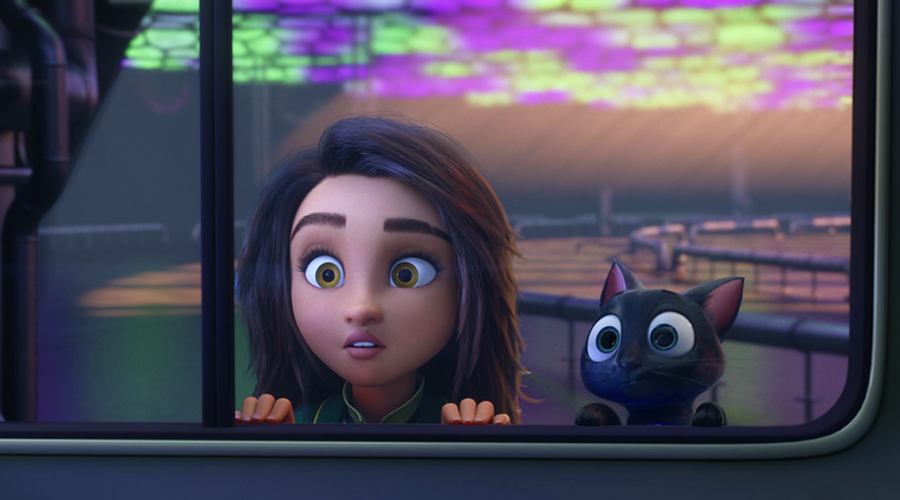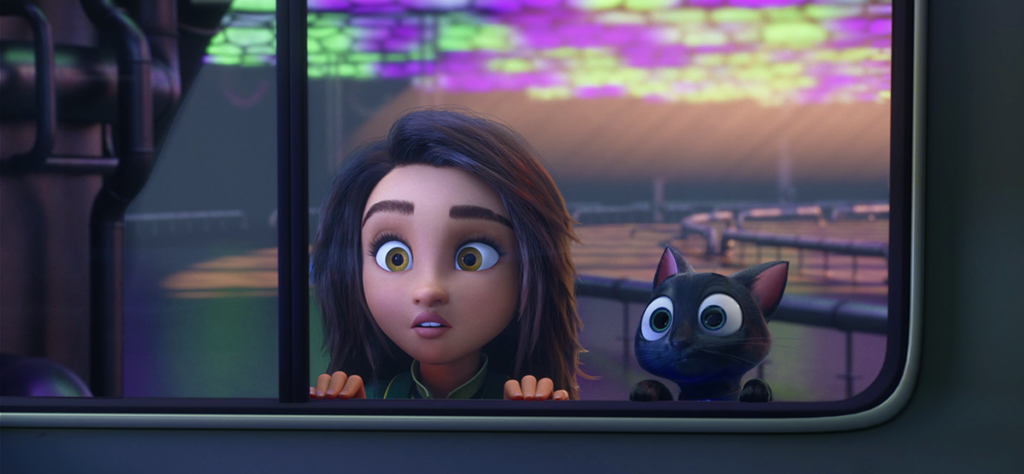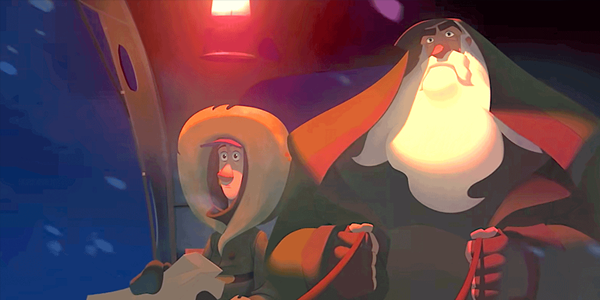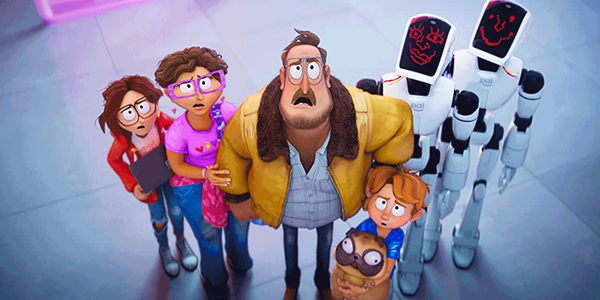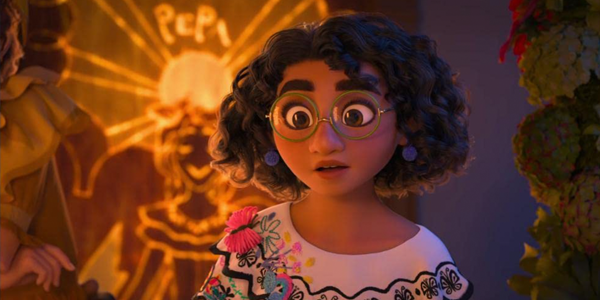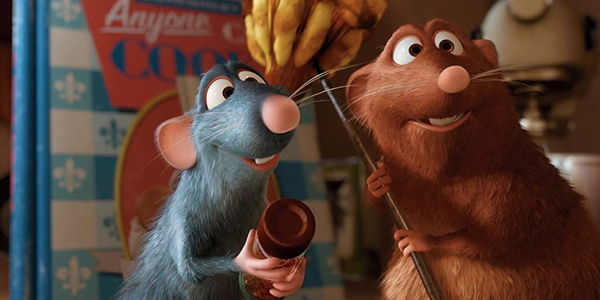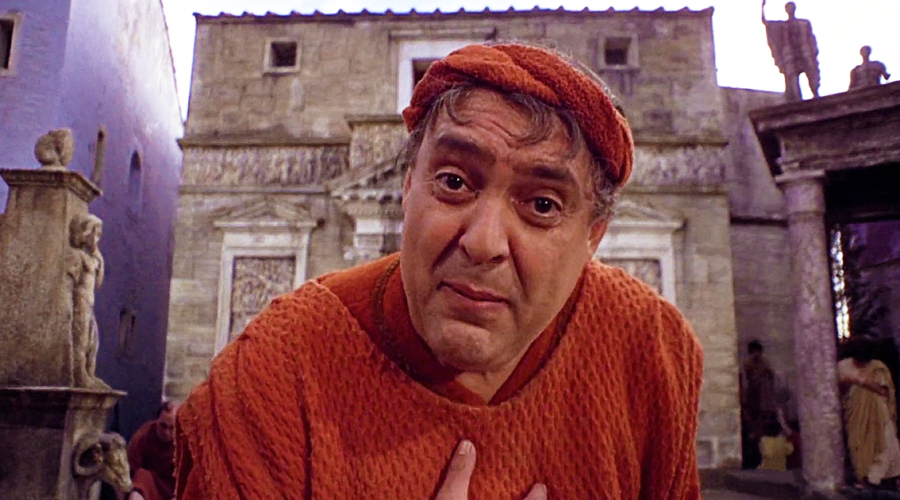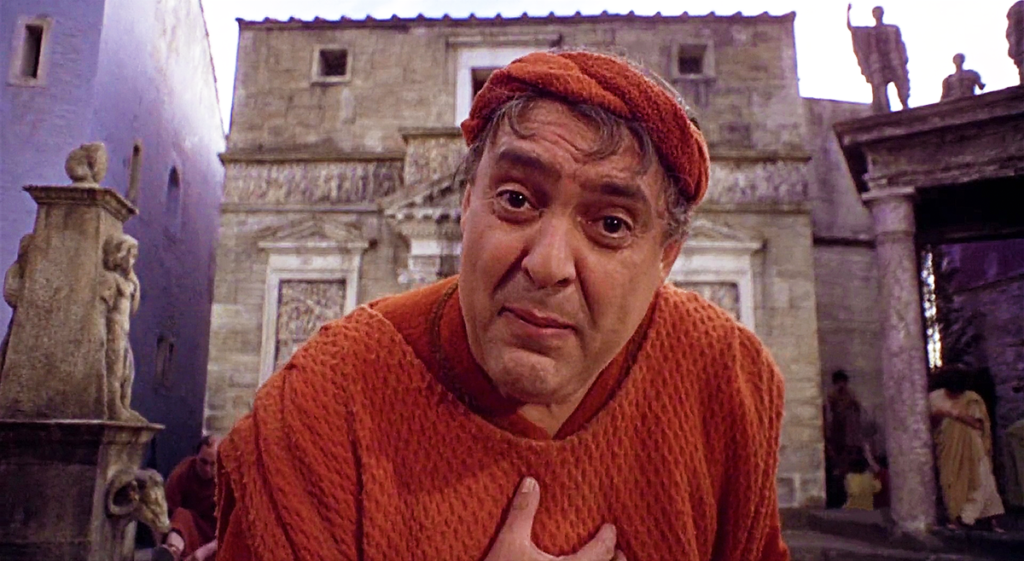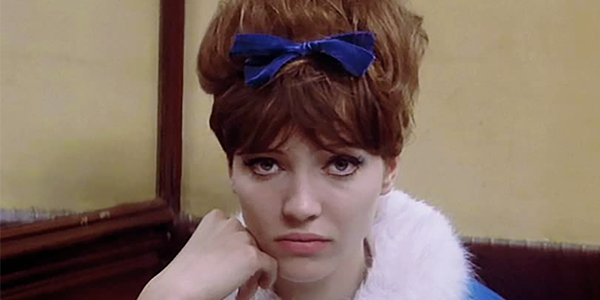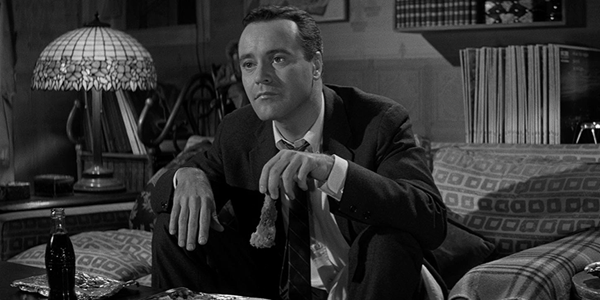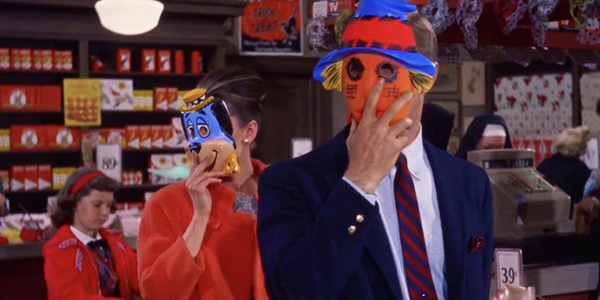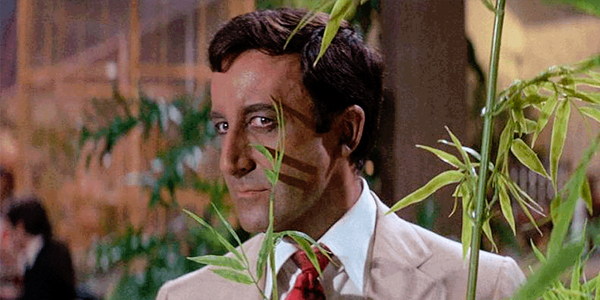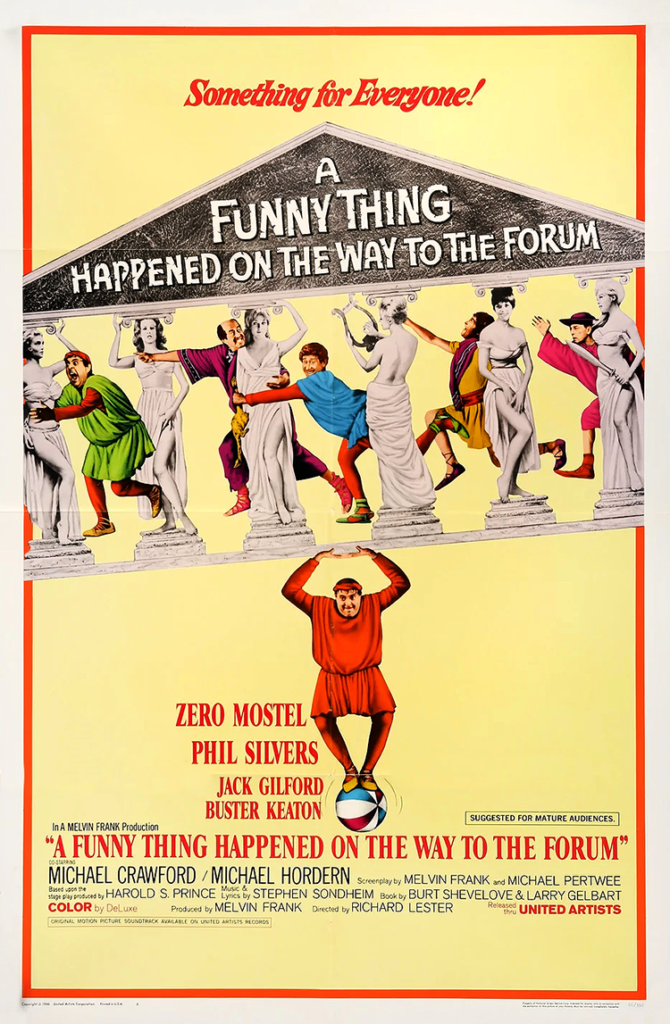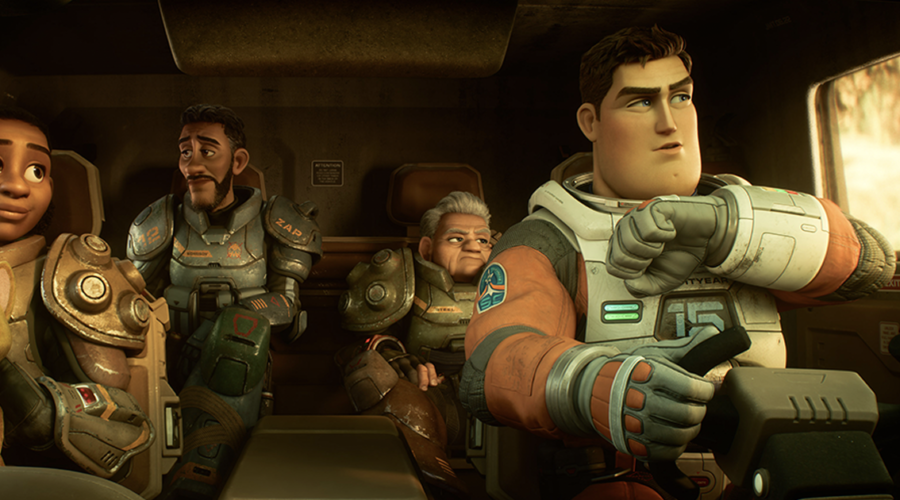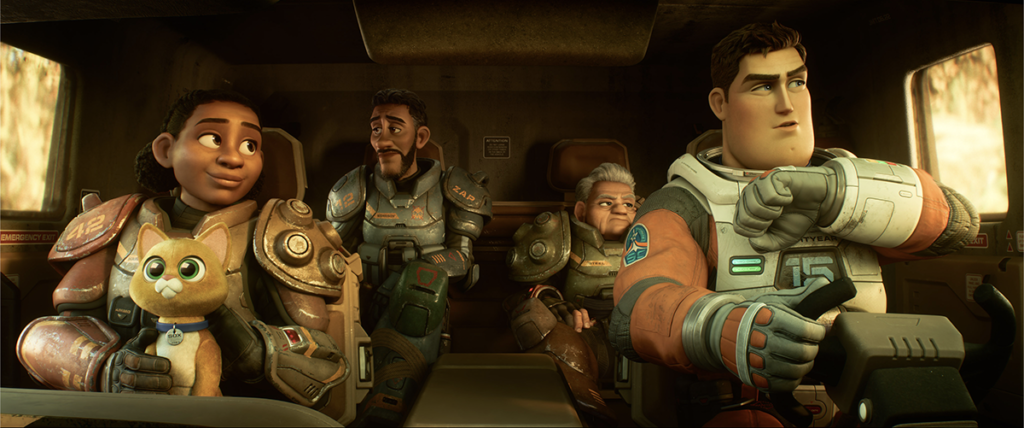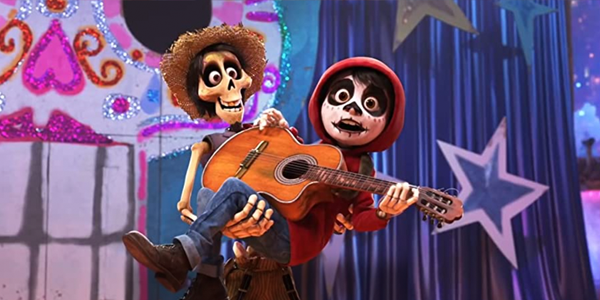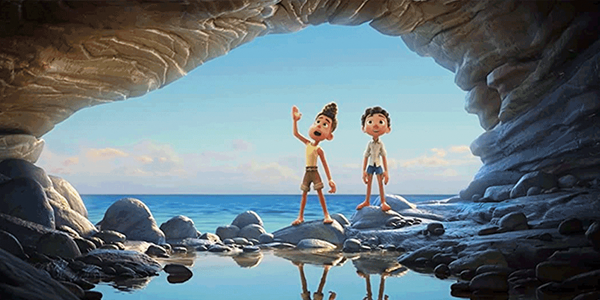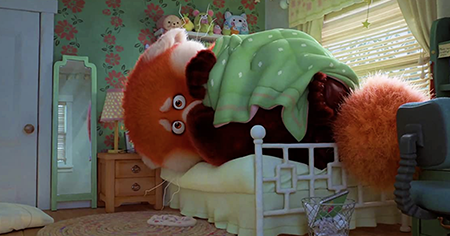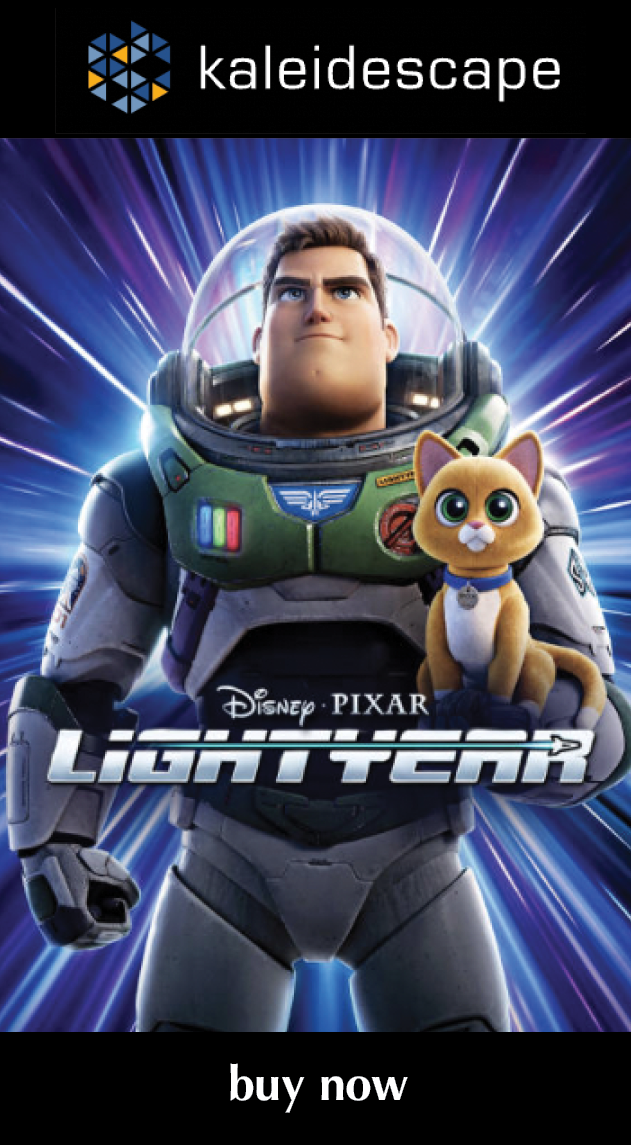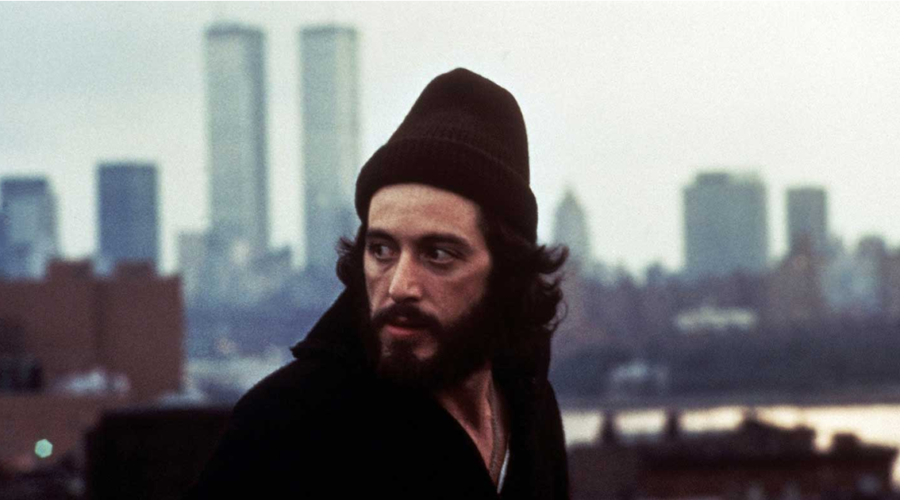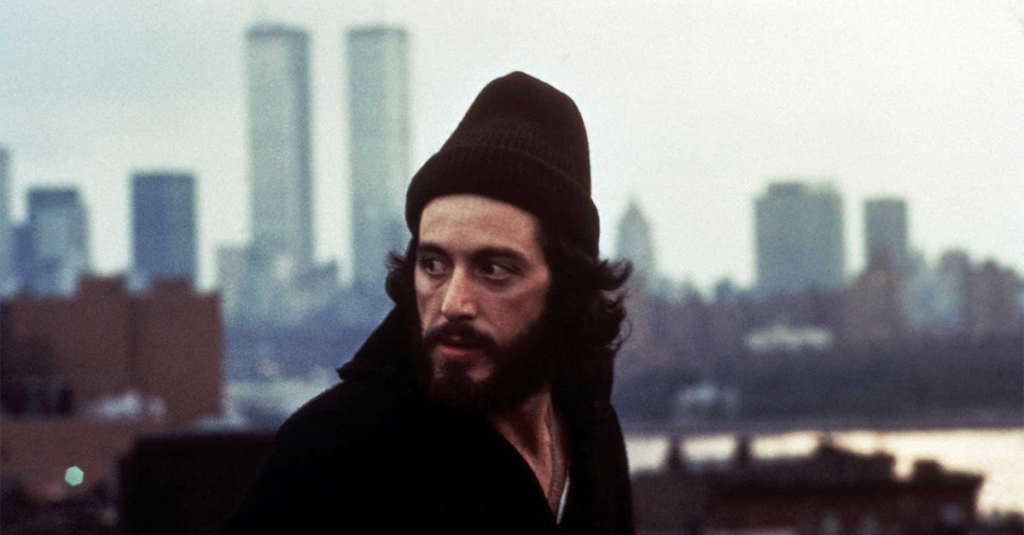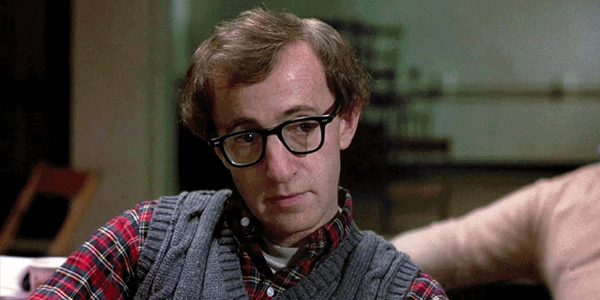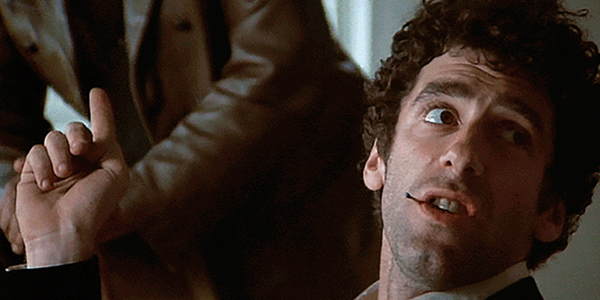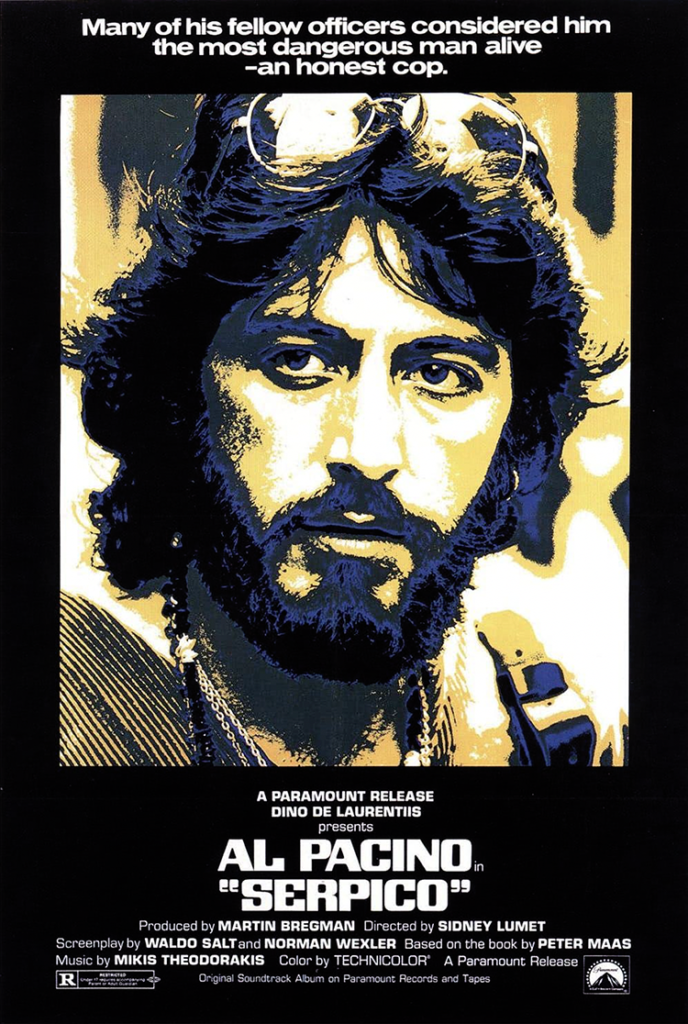Review: The Sandman
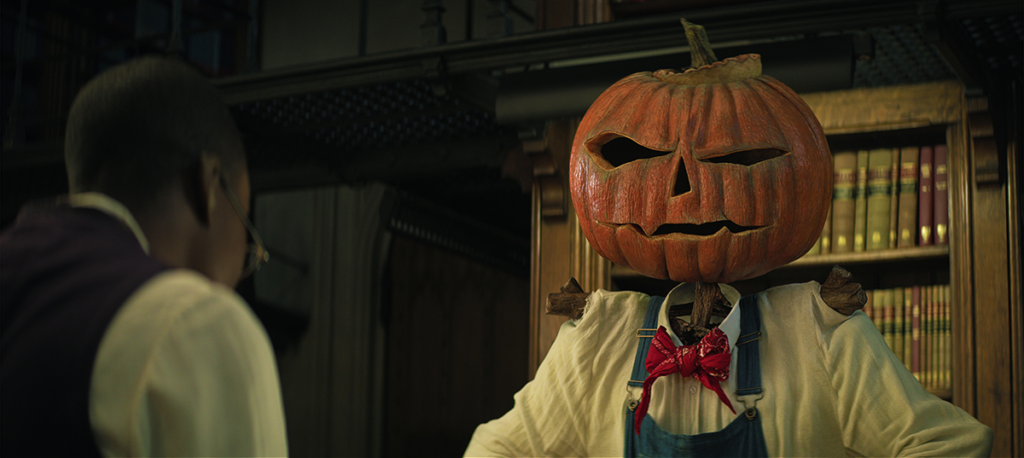
review | The Sandman
This Netflix series honors its supposedly unfilmable source material by conjuring up a convincingly otherworldly fantasy realm
by Dennis Burger
August 23, 2022
I missed the boat on Netflix’ adaptation of Neil Gaiman’s The Sandman the first time around. Not that I didn’t watch it. I did. It’s just that by the time I finished savoring the 10 episodes initially released in early August, the conversation had moved on. The nerdier corners of the internet collectively lost their minds for like two days, mostly out of sheer shock at the fact that this supposedly unfilmable work of illustrated literature managed to make the leap to the small screen with almost all of its heart and soul (even if not quite all its depth) intact. By the end of that weekend, the conversation was dead. The internet had moved on. All good geeks had binged all ten episodes and given their collective thumbs up or down to every aspect of the adaptation, and there was nothing left to be said.
Until, that is, Netflix sneakily announced and released a bonus episode, two weeks after the first season concluded. And all of a sudden this wonderful meditation on the complexities of human nature, the importance of dreams, the power of hope, and our mothlike fascination with the flame of duality and binary thinking is relevant again, if only for a few days.
This deeply mythological fantasy series follows the story of Morpheus, aka Dream of the Endless—the lord of dreams and stories—who breaks free from a century of captivity and then strives to reclaim and rebuild his realm in order to save humanity, as well as to undo the damage done by his absence. That description alone will create impressions that don’t match up with the reality of this adaption or its source material. It’s simultaneously sillier and more substantial than anything the uninitiated might be imagining. It’s a serious story about serious subject matter than never takes itself at all seriously.
To wit: It contains a pitch-perfect adaptation of “The Sound of Her Wings,” perhaps the most poignant story Gaiman has ever written. It is, without question, the story that got me through the loss of my mother nearly two decades ago with my sanity intact, as it forced me to reconsider my attitudes toward death. On the other hand, the show features Patton Oswalt as a talking Raven named Matthew and Mark Hamill as a walking pumpkin named Mervyn.
It’s also a beautiful series to behold, especially in Dolby Vision, but as with everything else about this show and its inspiration, the imagery is a mix of the sublime and the ridiculous. The dynamic range is pushed to extremes in all the right places, with the intense eye-reactive brightness and impossibly deep shadows often working to sell the believability of environments that are so divorced from waking reality that they almost look cartoonish.
One visual element that I adore but which has been a source of outrage among the pixel-counting crowd, is that The Sandman was shot in a rather unconventional way. To my eye, it looks like it was shot with vintage anamorphic lenses but on modern digital cameras. Whatever the reason, despite being framed at around 2.4:1, the picture looks like it was stretched to that height from 2.55:1.
The stretched-thin composition gives the imagery an otherworldly quality that works to the benefit of the material, especially in making Tom Sturridge—who plays Dream of the Endless so convincingly that it’s sometimes easy to forget he’s a human being—look more like the original illustrations of the character by Sam Kieth and Dave McKean.
The sound, meanwhile—dominated by long stretches of hushed and brooding dialogue—nonetheless makes wonderful use of Dolby Atmos to build otherworldly environments, enhance the action, or just creep you the heck out or lift your spirits at exactly the right times. YouTuber Object Demo has done a wonderful job of illustrating just how active the Atmos mix is even in one-on-one character exchanges. Normally I would recoil at such busy overhead channels, but in the case of this series, it works with the material rather than against it. There’s also enough gob-smacking deep, body-rumbling bass to test the rigidity of your walls. But through it all, dialogue remains utterly clear and discernible.
One more thing worth noting about the show, independent of its presentation: If the first episode doesn’t land with you, give the second one a chance—and perhaps the third, but definitely the sixth. Much like the original books, each episode carves out its own territory, explores its own themes, digs deep for its own meaning. There’s a through-line, to be sure—several in fact—but although each episode is pretty tonally and thematically consistent, there’s a good bit of variation between them.
The show really hits its stride after the introduction of Dream’s sister, Death, portrayed with the utmost compassion, empathy, and levity by The Good Place‘s Kirby Howell-Baptiste. Then again, the best chapters of the original books always revolved around Death, so this is no great surprise. Howell-Baptiste is, without question, the last actor in the world I would have cast in the role but I would have been wrong. Of all the Endless portrayed in the series thus far, hers is the performance that makes you most believe you’re looking at the anthropomorphic embodiment of a force of nature.
At any rate, if you’ve already burned through the 10 episodes of The Sandman originally released as Season 1, don’t overlook the new bonus episode, which adapts two stories from the early days of the printed series. The animated “A Dream of a Thousand Cats” in particular is a good indication of how Netflix might adapt some of the material from the graphic novels that might otherwise be difficult to adapt to live action.
If you haven’t seen any of the show, now’s the perfect time to dip in. But don’t feel the need burn through all 11 episodes in a sitting. Sit with it, reflect on it, let it sink in. This series deserves your attention, but it deserves to be savored like a multi-course dinner, not scarfed down like a cheap bag of Taco Bell.
Dennis Burger is an avid Star Wars scholar, Tolkien fanatic, and Corvette enthusiast who somehow also manages to find time for technological passions including high-end audio, home automation, and video gaming. He lives in the armpit of Alabama with his wife Bethany and their four-legged child Bruno, a 75-pound American Staffordshire Terrier who thinks he’s a Pomeranian.
PICTURE | The dynamic range of the Dolby Vision presentation is pushed to extremes in all the right places, with the intense eye-reactive brightness and impossibly deep shadows often working to sell the believability of the otherworldly environments
SOUND | The sound makes wonderful use of Atmos to build those environments, enhance the action, or just creep you the heck out or lift your spirits at exactly the right times
© 2025 Cineluxe LLC
